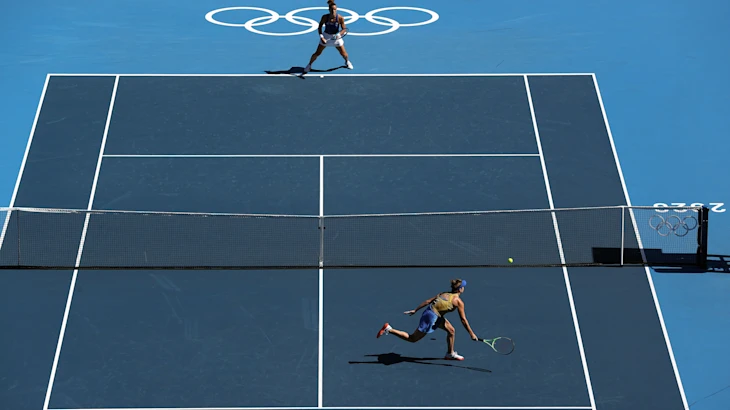

Understanding the Costs of Padel Court Construction
Padel tennis has rapidly gained popularity worldwide, and with this rise in interest comes the demand for dedicated facilities. Building a padel court can be an exciting venture for clubs, communities, and private owners alike. However, it is essential to understand the various factors that contribute to the overall cost of constructing a padel court.
1. Court Specifications The first step in determining the cost is to consider the specific dimensions and materials required for the court. A standard padel court measures 20 meters in length and 10 meters in width. The wall materials can significantly affect the price; commonly used materials include glass and concrete. Glass walls provide excellent visibility and aesthetics but tend to be more expensive than concrete alternatives. The choice of flooring material, such as artificial grass or acrylic surfaces, will also impact costs.
Understanding the Costs of Padel Court Construction
3. Construction Costs The construction phase itself includes labor and material expenses. Labor costs will fluctuate based on the region, expertise of the contractors, and the complexity of the project. A basic padel court may range from $20,000 to $50,000. However, more elaborate designs or additional features, such as lighting systems, heating for winter use, or spectator seating, can elevate costs substantially.

4. Additional Features Adding amenities can enhance the usability and appeal of the court. Features such as an integrated scoreboard, fencing, seating for spectators, and locker rooms can all elevate the cost of the project. While such additions may require a higher upfront investment, they could enhance the experience for players and spectators alike, potentially leading to increased participation and revenue over time.
5. Maintenance Costs After the court has been constructed, ongoing maintenance must be considered. Regular upkeep includes cleaning, repairing surfaces, and ensuring the walls and fences remain in good condition. Maintenance costs can vary, but budgeting for these expenses is crucial to ensure the longevity of the facility.
6. Revenue Generation Potential Lastly, it’s important to view the construction cost in terms of potential revenue. By hosting tournaments, offering coaching sessions, and allowing for rental agreements, a well-maintained padel court can become a profitable asset, offsetting initial expenditures over time.
In summary, constructing a padel court involves various costs that can vary widely based on specifications, site conditions, labor, and additional features. While the initial investment may appear daunting, with proper planning and consideration for potential revenue streams, building a padel court can be a valuable endeavor for clubs and communities looking to embrace this exciting sport. Ultimately, careful budgeting and strategic planning will ensure a successful project that caters to the growing demand for padel tennis.
High-Performance Industrial Flooring Solutions China Paddle Tennis Court for Sale
High-Performance Industrial Flooring Solutions Durable & Cost-Effective
Homogeneous Transparent Floor – Durable & Stylish Rubber Floor Solutions
Premium Homogeneous Transparent Floor for Durable & Stylish Spaces Rubber Floor Solutions
Premium Sports Floor Solutions Durable PVC Sports Floor & Rubber Floor for Gyms
Durable Rubber Composite Floor Premium Rubber Floor & Mats Solutions